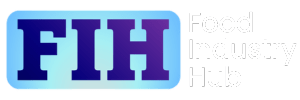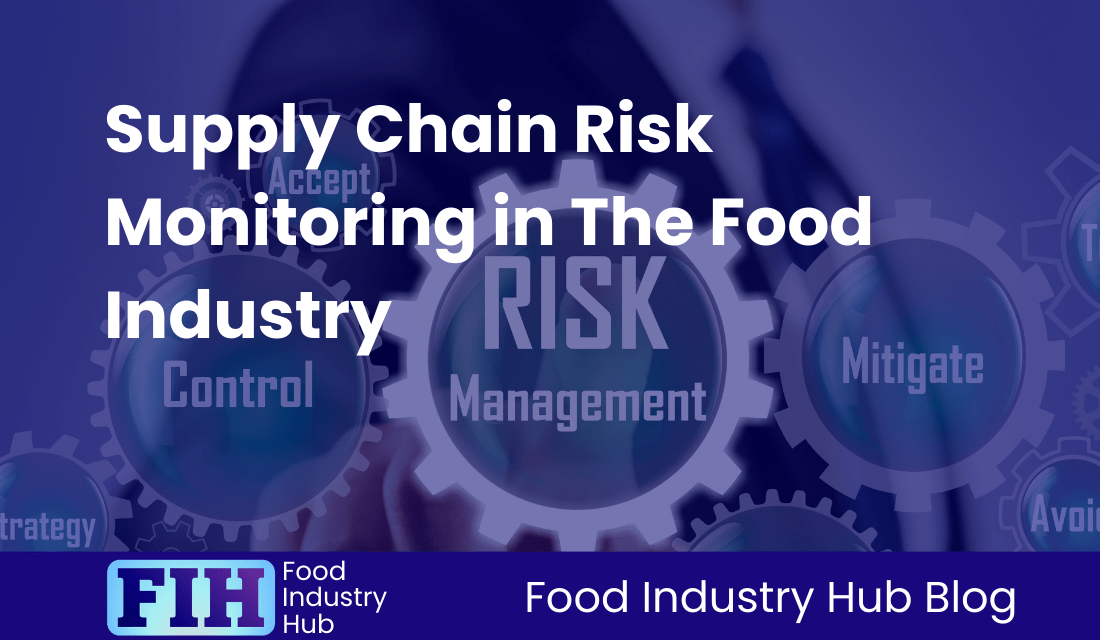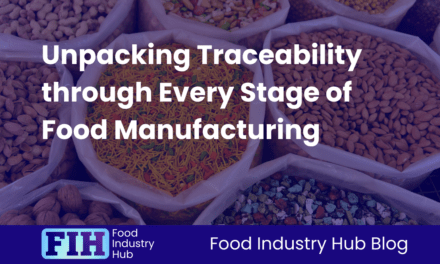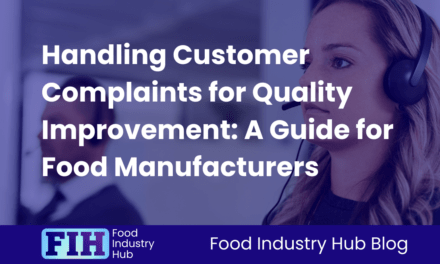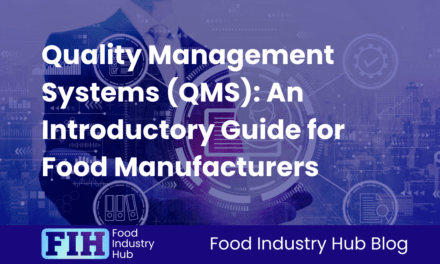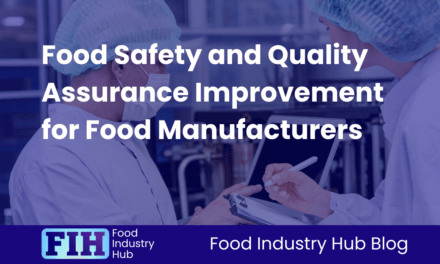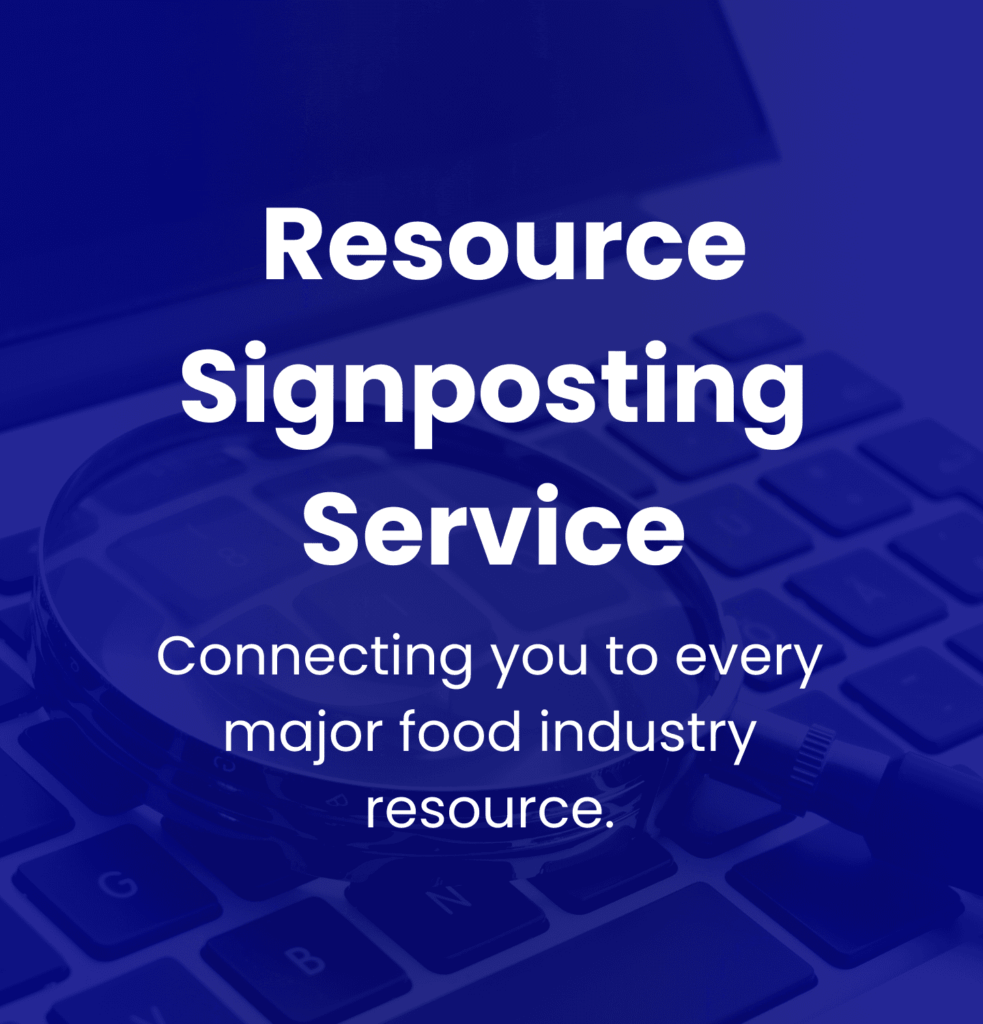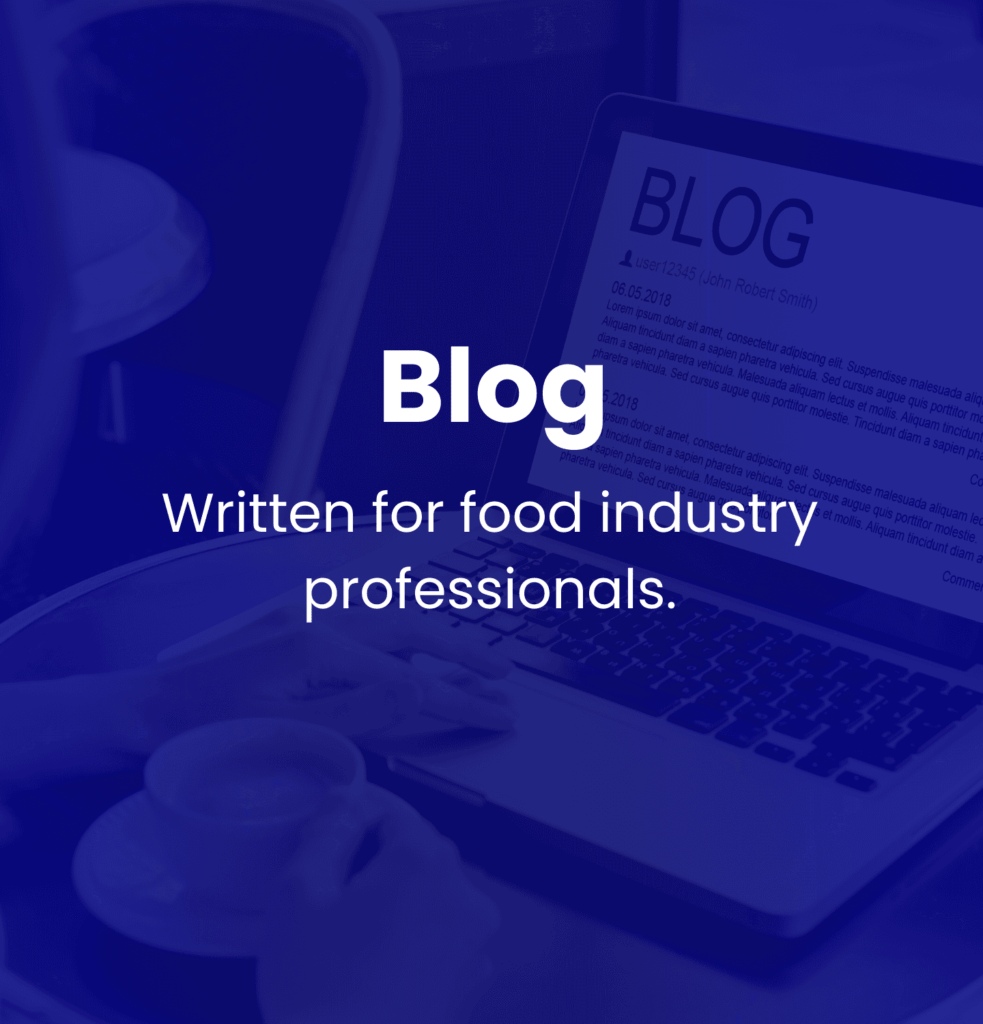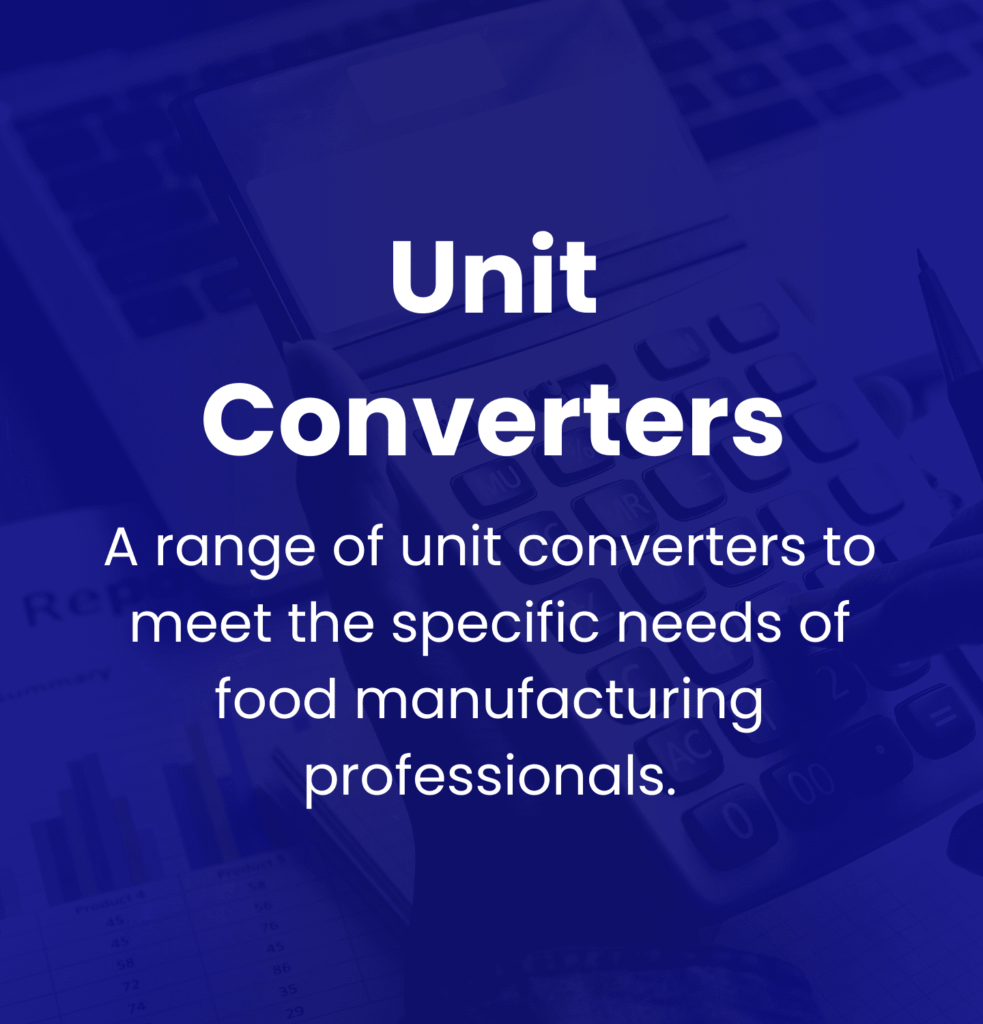Introduction
Supply chain risk monitoring is critical to awareness and control of raw material and supplier risks – which can directly affect the risk profile of your finished products.
The purpose of this post is to bring together a range of informational resources, so that you can proactively engage in horizon scanning across a comprehensive range of authoritative information providers.
As we dive into the topic, you may also like to check out The Food Industry Hub Signposting Service, which presents a broader collection of food industry resources than are included in the scope of this post.
You will also be interested to know that we offer software for food manufacturers – with management systems specially tailored to the food manufacturing industry.
The following is a selection of resources chosen for their value as supply chain risk monitoring tools.
Supply Chain Risk Monitoring
Supply chain risk monitoring is the ongoing process of identifying, assessing, and managing potential risks and disruptions across a company’s supply chain.
For food manufacturers, supply chain risks can include nonconforming raw materials, risks associated with processing and distribution systems, exposure to food crime, and ultimately, consumer safety risks. Horizon scanning represents a significant assurance and risk mitigation activity – proportional to the scale of risk exposure incurred through supply chain interactions.
The significance of supply chain risk monitoring for food manufacturers cannot be understated, as it directly impacts product quality, safety, regulatory compliance, and overall business operations.
Key aspects and reasons for supply chain risk monitoring in the context of food manufacturers include:
Quality and Safety Assurance: Monitoring the supply chain helps ensure that raw materials, ingredients, and components meet the required quality and safety standards. Detecting potential issues early can prevent the use of nonconforming materials that could compromise the safety of the final food products, but many safety and quality hazards can go undetected during use – so awareness of developing risks provides a context for safety and quality risks from raw materials.
Regulatory Compliance: Food manufacturing is subject to strict regulations and standards to ensure consumer health and safety. Monitoring the supply chain helps manufacturers stay compliant with these regulations, avoid costly penalties, and maintain their reputation.
Risk Identification: Supply chain risk monitoring allows manufacturers to identify potential disruptions or vulnerabilities in advance. These risks can include issues related to supplier reliability, geopolitical instability, natural disasters, labor disputes, and more.
Supplier Performance: Monitoring supplier performance helps manufacturers assess the reliability, consistency, and efficiency of their suppliers. This information can guide decisions about maintaining relationships with certain suppliers or seeking alternative sources.
The Global Supply Chain Requires International Risk Awareness
Even if your immediate suppliers operate within the same market as you, your entire supply chain can span further regions and regulatory jurisdictions.
It’s prudent to maintain an awareness of developing risks over the entire supply chain, and there is a wealth of information being provided by regulatory bodies and networks across the world.
We would encourage you to explore all of the information providers included in the above table, but we’ve provided an introduction to a selection of information providers to help introduce some of the sources of risk data.
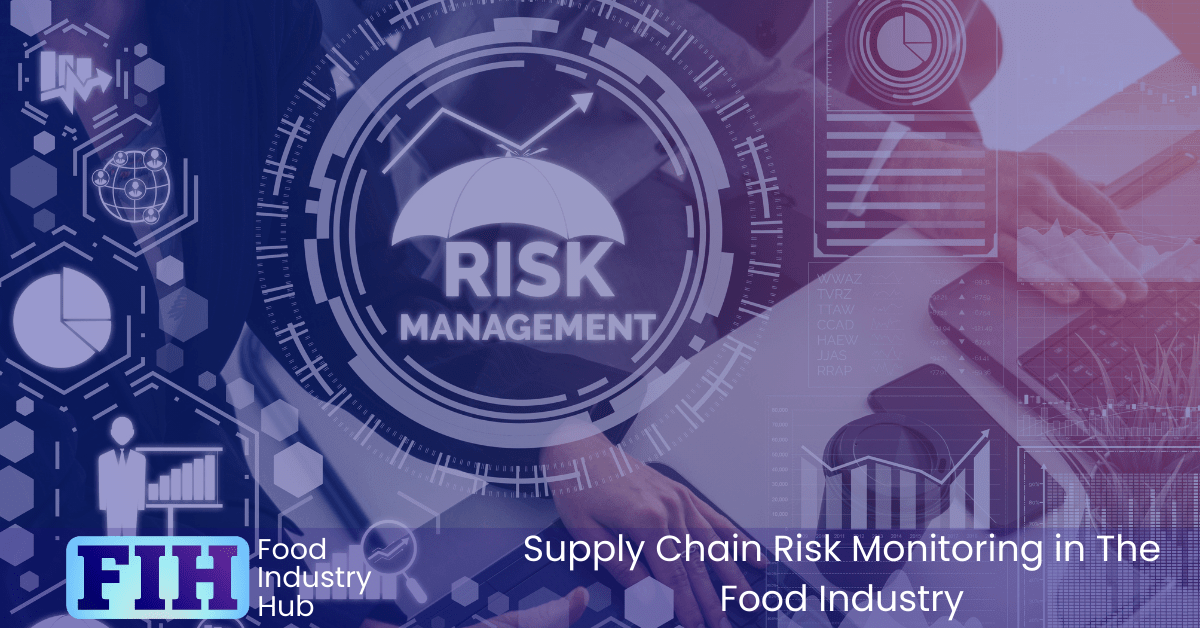
Sign-up for the Food Industry Hub Mail Service
We regularly produce new content for food industry professionals, and the Food Industry Hub Mail Service is the best way to stay up to date with the latest additions.
Signup today to be added to the Food Industry Hub mailing list.
The Rapid Alert System for Food and Feed (RASFF) Database
The Rapid Alert System for Food and Feed (RASFF) Database is an online resource published by the European Commission to facilitate rapid information exchange and cooperation among European Union (EU) member states and the European Economic Area (EEA) countries regarding food safety issues, risks, and incidents. The RASFF Database plays a vital role in risk monitoring and management within the food and feed market across the EU and EEA.
Key features and significance of the RASFF Database for risk monitoring include:
Cross-Border Communication: The RASFF Database enables timely communication and information sharing between EU and EEA countries regarding food and feed safety incidents. This is crucial because many food products and ingredients cross national borders within the EU’s single market.
Swift Alerts: The system provides a platform for member states to share and receive alerts about food safety risks and incidents, such as recalls, contamination, allergen issues, and other potential hazards. This rapid alert mechanism helps prevent the spread of unsafe products within the EU and EEA.
Real-Time Monitoring: The database is continuously updated with new alerts and notifications, ensuring that stakeholders have access to real-time information about emerging risks and incidents in the food and feed supply chain.
Transparent Information: The RASFF Database provides detailed information about each alert, including the product, type of risk, origin, and action taken. This transparency allows member states, businesses, and consumers to make informed decisions based on accurate and verified data.
EU-Wide Coordination: The system promotes coordination among member states and centralises the information related to food and feed safety incidents. This enhances the EU’s ability to respond collectively to risks and incidents that have the potential to affect multiple countries.
Support for Decision-Making: Food safety authorities, businesses, and regulatory agencies can use the RASFF Database to assess risks, make informed decisions about recalls or other actions, and prioritise resources to address the most critical issues.
Supply Chain Management: The database aids in monitoring and managing the food and feed supply chain by providing information about potentially unsafe products. This supports businesses in quickly identifying and removing hazardous products from circulation.
Early Detection: The RASFF Database helps member states detect potential food safety risks at an early stage, preventing the escalation of incidents and minimising their impact on public health and consumer confidence.
Preventing Cross-Contamination: The system assists in preventing cross-border contamination by alerting neighbouring countries to potential risks and allowing for swift actions to contain the issue.
Crisis Management: In the event of a major food safety crisis or incident, the RASFF Database serves as a critical tool for coordinating responses, sharing data, and ensuring effective communication among relevant authorities.
Harmonisation of Standards: The RASFF Database contributes to the harmonisation of food safety standards and practices across EU and EEA countries, ensuring a consistent approach to risk management.
In summary, the RASFF Database is a cornerstone of the EU’s food and feed safety management infrastructure. It enables rapid, coordinated, and transparent communication among member states, enhances risk monitoring and response, and contributes to maintaining high levels of food safety and consumer protection across the European market.
Food Standards Agency News and Alerts
Food Standards Agency News and Alerts is an online resource provided by the Food Standards Agency (FSA) in the United Kingdom. This resource serves as a platform for sharing news, updates, and alerts related to food safety, recalls, and other relevant information.
The Food Standards Agency News and Alerts is significant for risk monitoring in the following ways:
Timely Information Dissemination: The resource offers a centralised and authoritative source of information for consumers, businesses, and stakeholders to access timely updates about food safety concerns, recalls, and other related news.
Public Awareness and Education: By providing clear and accessible information, the resource helps educate the public about food safety issues, risks, and actions they can take to protect themselves.
Consumer Protection: The resource empowers consumers to make informed decisions about their food choices by providing information about recalls, allergen alerts, and other safety concerns.
Supply Chain Management: Businesses in the food industry can use the resource to monitor recalls and alerts, allowing them to quickly identify and remove affected products from their supply chains – minimising potential risks.
Risk Assessment: The resource aids businesses and regulatory authorities in assessing the severity and scope of food safety risks, enabling appropriate risk management and mitigation strategies.
Transparency and Accountability: Publicly sharing information about recalls, safety concerns, and regulatory actions promotes transparency in the food industry. It holds businesses accountable for ensuring the safety of their products.
Crisis Management: In cases of foodborne illness outbreaks or widespread recalls, the resource assists in coordinating responses, communication efforts, and crisis management strategies.
Stakeholder Engagement: The FSA’s ability to promptly share information with the public and industry stakeholders demonstrates its commitment to engaging with various parties and ensuring their involvement in food safety matters.
Data-Driven Decisions: The resource provides data that can be analysed to identify patterns and trends related to food safety incidents, helping the FSA and food businesses make evidence-based decisions to enhance safety protocols.
Building Trust: By maintaining an open and informative channel, the FSA builds and maintains trust among consumers, industry members, and other stakeholders, which is crucial for effective risk management.
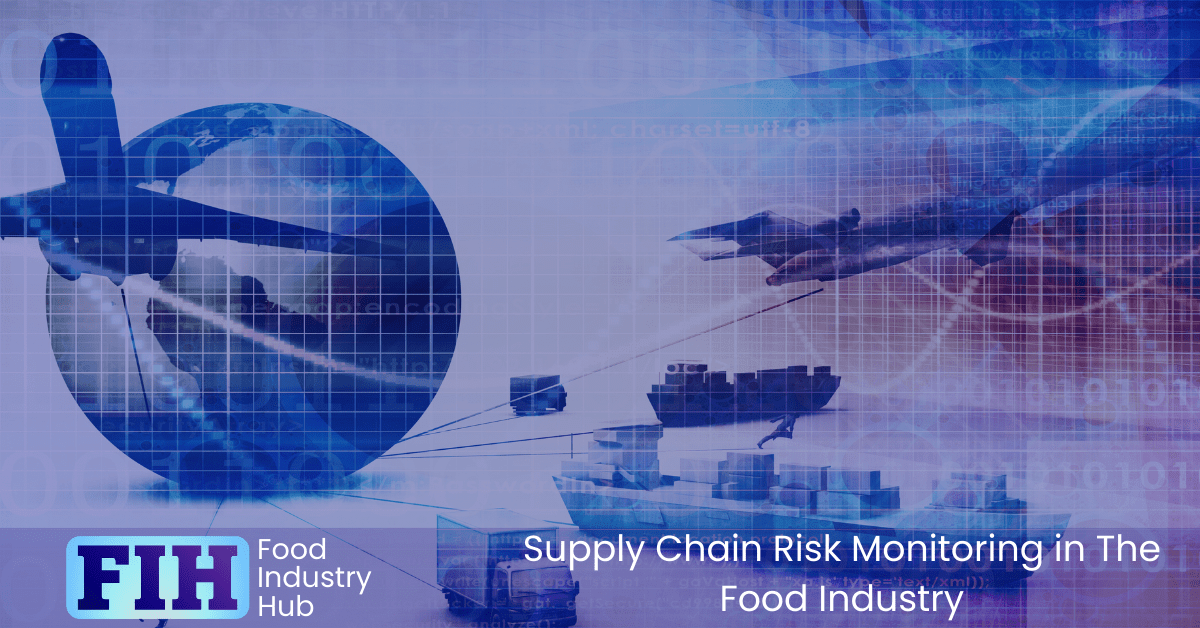
In Summary
Effective supply chain risk management offers numerous advantages for food manufacturers. These advantages contribute to the overall resilience, profitability, and reputation of the company. Here are some key benefits:
Product Quality and Safety: A robust risk management strategy helps identify and mitigate potential risks in the supply chain that could affect the quality and safety of food products. By addressing these risks proactively, manufacturers can maintain high product standards and reduce the likelihood of recalls or safety incidents.
Regulatory Compliance: Compliance with food safety regulations is critical for manufacturers. Effective risk management ensures adherence to these regulations, reducing the risk of legal penalties, fines, and reputational damage associated with non-compliance.
Reduced Disruption: By identifying and preparing for potential disruptions in advance, manufacturers can minimise the impact of events such as supplier failures, natural disasters, geopolitical issues, and transportation delays. This helps maintain consistent production and delivery schedules.
Cost Savings: Mitigating risks reduces the potential for costly disruptions, emergency measures, and reactive actions. This can lead to cost savings in the long run, as well as more efficient use of resources.
Operational Efficiency: A well-managed supply chain is more efficient, leading to optimised inventory levels, reduced lead times, and better resource allocation. This can improve overall operational performance and reduce waste.
Business Continuity: Risk management enhances a manufacturer’s ability to adapt to unexpected challenges and disruptions. This resilience ensures that business operations can continue even in adverse circumstances.
Reputation Protection: By preventing or effectively handling supply chain issues, manufacturers can protect their reputation and maintain the trust of consumers, stakeholders, and partners.
Innovation and Growth: With risk management strategies in place, manufacturers can focus on innovation and growth rather than constantly reacting to problems. This enables them to explore new markets and expand their product lines more confidently.
Data-Driven Decision Making: Risk management relies on data analysis and assessment. Manufacturers can use this data to make informed decisions about sourcing, supplier selection, and operational improvements.
Competitive Advantage: Companies that demonstrate effective risk management practices often gain a competitive edge. This is particularly true in industries like food manufacture, where consumers prioritise safety, quality, and ethical sourcing.
Long-Term Sustainability: Managing risks related to environmental, social, and ethical concerns in the supply chain aligns with consumer demands for sustainable and responsible practices. This can improve a manufacturer’s long-term viability.
In summary, effective supply chain risk management is essential for food manufacturers to maintain product quality, ensure safety, and achieve operational excellence. The advantages extend to various aspects of the business, from financial stability to reputation enhancement, making it a critical component of success in the food industry.
Further Resources
Food Industry Hub serves the food industry with a range of digital resources for the benefit of both commercial food manufacturers and food industry professionals.
For food manufacturers, we offer integrated management systems that give every user a direct interface with your QMS.
For food industry professionals, we provide an extensive signposting service in addition to informational content we hope you’ll find useful as you face new professional challenges. We have very ambitious plans to expand the range of services offered, and currently present informational content on management, safety and quality, and professional success.
